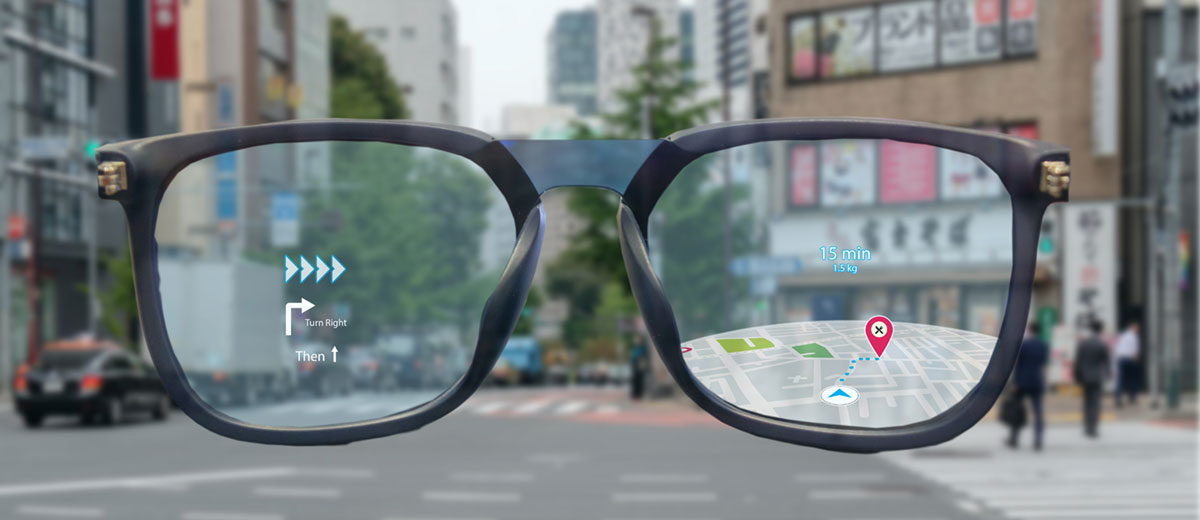Extended Reality (XR) is a transformative technology that has revolutionized the way we interact with the world. By seamlessly blending the digital and physical realms, XR has opened up a whole new realm of possibilities for enhancing our daily lives. In this article, we will take a deep dive into the world of XR, exploring its origins, unique characteristics, and its colossal impact on human-computer interaction.
Understanding Extended Reality (XR)
Extended Reality (XR) is an umbrella term that encompasses three key technologies: Virtual Reality (VR), Augmented Reality (AR), and Mixed Reality (MR). Each of these technologies offers a different level of immersion and interaction, but they all share the common goal of creating a more immersive and engaging user experience.
Virtual Reality (VR)
Virtual Reality (VR) is a technology that transports users to a completely virtual environment, immersing them in a computer-generated world. By wearing a VR headset, users can explore and interact with this virtual environment as if they were physically present. VR technology has been widely adopted in various industries, including gaming, entertainment, education, and healthcare.
Augmented Reality (AR)
Augmented Reality (AR) overlays digital content onto the real world, enhancing our perception of reality. Unlike VR, which creates a fully immersive virtual environment, AR enhances the real world by adding virtual objects, information, or experiences. AR technology has gained popularity through applications like mobile games, social media filters, and navigation tools.
Mixed Reality (MR)
Mixed Reality (MR) combines elements of both VR and AR to create a seamless blend of virtual and real-world experiences. MR allows users to interact with virtual objects that are anchored to the real world, enabling a more realistic and immersive experience. This technology is still in its early stages of development but holds great potential for industries like architecture, design, and manufacturing.
The Impact of XR on Human-Computer Interaction

The emergence of XR has had a profound impact on the way we interact with technology and the digital world. By bridging the gap between the physical and virtual realms, XR has opened up new possibilities for communication, collaboration, and productivity.
Enhanced User Experiences
One of the key benefits of XR is its ability to create highly immersive and engaging user experiences. Whether it’s exploring virtual worlds in VR, interacting with virtual objects in AR, or experiencing realistic simulations in MR, XR has the power to transport users to new realms of imagination and creativity.
Improved Accessibility
XR has also played a significant role in improving accessibility for individuals with disabilities. By providing new ways of interacting with technology, XR has made it possible for people with limited mobility or sensory impairments to experience virtual environments and engage with digital content in ways that were previously unimaginable.
Transforming Industries
The impact of XR extends far beyond entertainment and gaming. Industries such as healthcare, education, architecture, and manufacturing have embraced XR to enhance their processes and improve outcomes. In healthcare, for example, XR is being used for surgical simulations, patient education, and therapy treatments. In education, XR is revolutionizing the way students learn by providing interactive and immersive educational experiences.
The Design Process for XR

Designing seamless and intuitive user experiences in XR presents unique challenges. To overcome these challenges and unlock the full potential of XR, it is essential to follow a systematic design process that takes into account the specific characteristics and requirements of XR technology.
User Research in XR
User research is a crucial step in the design process for XR. Understanding the needs, preferences, and behaviors of users is essential for creating meaningful and engaging XR experiences. User research in XR involves gathering insights on how users interact with virtual objects, navigate virtual environments, and perceive spatial relationships.
Prototyping for XR
Prototyping is an iterative process that allows designers to test and refine their XR experiences before final implementation. In the context of XR, prototyping involves creating low-fidelity but testable prototypes that simulate the intended user experience. These prototypes can be used to gather feedback from users and stakeholders and make necessary adjustments to the design.
Testing and Evaluation in XR
Testing and evaluating XR designs is crucial to ensure that they are practical, user-friendly, and meet the intended objectives. Heuristics and guidelines specific to XR can be used to evaluate the usability and effectiveness of XR experiences. By conducting user testing and gathering feedback, designers can identify areas for improvement and make data-driven design decisions.
Real-World Applications of XR

XR has found applications in a wide range of industries and domains. Let’s explore some real-world use cases where XR is making a significant impact.
Architecture and Design
In the field of architecture and design, XR is revolutionizing the way buildings and spaces are conceptualized and visualized. Architects can use XR to create immersive 3D visualizations of their designs, allowing clients and stakeholders to experience the space before it is built. XR also enables architects to test different design options and simulate real-world lighting and acoustics.
Manufacturing and Training
XR is transforming the manufacturing industry by enabling virtual simulations and training programs. With XR, manufacturing companies can create realistic virtual environments where employees can practice complex procedures, troubleshoot issues, and improve their skills. This reduces the need for physical prototypes and minimizes the risk of errors during the manufacturing process.
Education and Training
In the field of education, XR is enhancing learning experiences by providing immersive and interactive educational content. Students can explore historical sites in VR, dissect virtual organisms in AR, or conduct virtual science experiments in MR. XR also offers new opportunities for remote learning and collaboration, allowing students and teachers to connect and interact in virtual classrooms.
Conclusion
Extended Reality (XR) has emerged as a transformative technology that has the power to revolutionize the way we interact with the digital world. By seamlessly blending the physical and virtual realms, XR opens up new possibilities for communication, collaboration, and creativity. From immersive gaming experiences to realistic surgical simulations, XR is reshaping industries and enhancing the way we live, work, and learn. As XR continues to evolve, the possibilities for innovation and growth are endless. Embracing XR and understanding its unique design principles will be crucial for creating meaningful and engaging experiences in the future.
